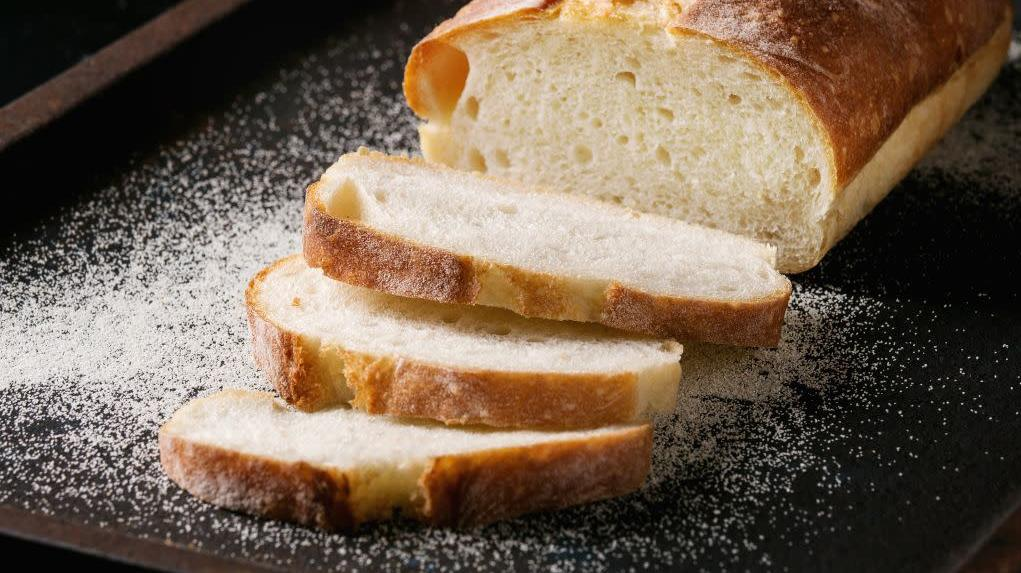Fluff Your Flour While Baking, Or Else
I have this theory that anyone who claims to be a happy-go-lucky baker who can just feel the proper dry-liquid ingredient ratio is a big liar. Oh, you never set a timer while simmering caramel for your croquembouche? Oh, a small flock of cartoon birds helps you slip into your apron? Lies, lies, lies. The best bakers I know are highly methodical, obsessive human beings who'll spend weeks trying to figure out the precise temperature at which ganache becomes inedible. No time for cartoon birds.
Still, I spent years trying to convince myself that, if I made enough lazy baked goods, I'd eventually crack the top-secret baker's code. Here's the truth: there's no secret code. It's all written down, plain as day. Baking is a science, which means there's a strict methodology to even the most minute recipe steps—including flour scooping. Specifically, flour aeration (or, as it's known in my hillbilly kitchen, flour fluffin').
The importance of flour aeration probably isn't news to the more seasoned bakers reading The Takeout, but I didn't learn about this step until I took a biscuit-baking class last spring. Oh yeah, baby: it took me nearly three decades to figure out the proper flour scooping method. That's nearly three decades of tough, dry cookies and crumbly pie crusts. But then I saw my biscuit class instructor boisterously fluff her flour with a fork before scooping it into a dry measuring cup. And just like that, my baking improved tenfold.
Here's the deal: a cup of all-purpose flour should weigh exactly 125 grams. If you're not baking with a food scale, it's really easy to overshoot your flour quantities by dipping your dry measuring cup into the flour and leveling it off. That's because, like brown sugar, flour packs after it's been sitting in the sack for a while. Every time you scoop a bit of flour out of the bag, it packs a little more. And that can add up quickly. One baking blogger even found that scooping packed flour into a measuring cup resulted in 170 grams, which is pretty devastating in terms of texture. The solution? In lieu of a food scale, opt for a good fluff.
A flour fluff is simple to achieve. Just use a fork or spoon to fluff up your flour while it's still in the container. The result should be much lighter and less dense than a packed bag of flour. Once you've fluffed your flour, you need to use a spoon to scoop the flour into the measuring cup. Don't just scoop the flour directly out of the bag with the measuring cup, as that can result in packing. Then, use a knife to level the flour across the measuring cup. (Quick note: aerating, or fluffing your flour, isn't the same as sifting your flour. Don't sift your flour unless the recipe calls for it—otherwise, you'll end up with too little flour and a mushy baked good.)
While using a food scale is the best way to ensure baked good uniformity, a flour fluff is a fine alternative. And if you, like me, went years without figuring this trick out, don't kick yourself. Some of us just don't speak the language of the cartoon kitchen birds.
